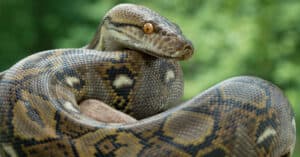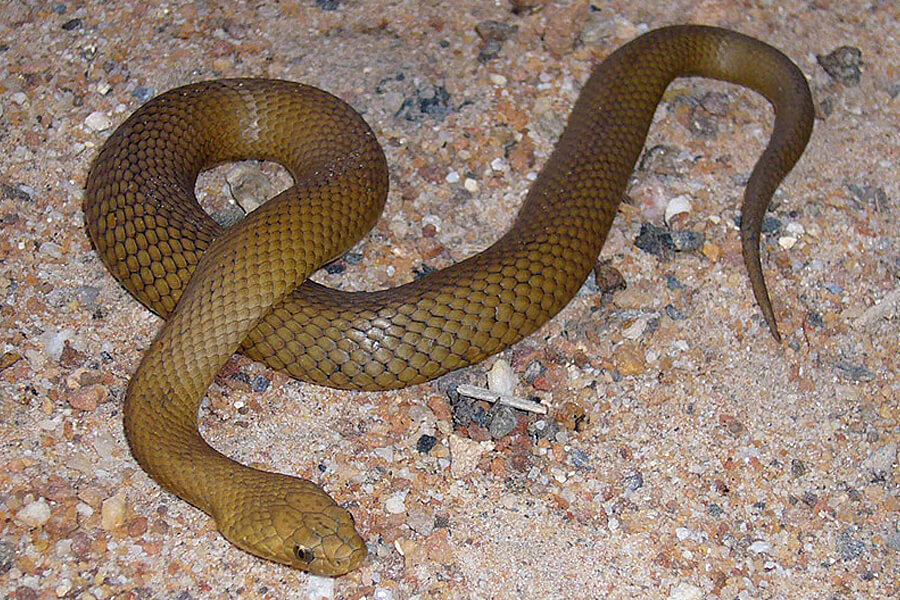Introduction
Encountering a snake in the wild can be an exhilarating experience, however it can likewise cause possibly serious scenarios, specifically if bitten. Among the numerous varieties of snakes discovered in Australia, the tiger snake stands out due to its aggressive nature and powerful poison. This write-up supplies a comprehensive overview on first aid for snake bites, specifically concentrating on tiger serpent experiences. Equipped with understanding and preparedness, you can substantially boost end results in instance of a snake bite.
First Aid for Serpent Bites: A Detailed Overview for Tiger Serpent Encounters
Understanding Tiger Snakes
What Are Tiger Snakes?
Tiger serpents ( Notechis scutatus) are among Australia's most infamous snakes. They are recognizable by their unique banded patterns that resemble a tiger's stripes, hence their name. These serpents are mainly discovered in seaside areas and marshes throughout southerly Australia, including Tasmania.
Are Tiger Snakes Venomous?
Yes, tiger serpents are extremely venomous. Their poison has neurotoxins that influence the nerves and can lead to paralysis or perhaps fatality if left untreated. It's important to have appropriate understanding about these animals and their habitats to reduce dangers when experiencing them.
Tiger Snake Environment and Behavior
Where Do Tiger Snakes Live?
Tiger serpents live in a selection of atmospheres varying from coastal marshes and swamps to grasslands and woodlands. They favor areas with sufficient cover such as thick plant life or rocks where they can easily camouflage themselves from predators.
Behavioral Patterns of Tiger Snakes
These serpents are mostly nighttime yet may also be energetic throughout the day. They display protective habits when threatened, such as hissing noisally or flattening their bodies to appear larger. Understanding their behavior can help you avoid close encounters.

Identifying a Tiger Snake Bite
What Does a Tiger Serpent Bite Look Like?
A tiger serpent bite commonly results in two slit injuries that may be come with by swelling, bruising, and staining around the bite location. Signs may differ depending upon the quantity of poison injected; some people might experience nausea, vomiting, difficulty breathing, or paralysis.
Snake Attack Symptoms: What To Enjoy For?
- Pain at the bite site Swelling and bruising Nausea Dizziness Confusion Difficulty breathing
Recognizing these signs and symptoms early is essential for punctual treatment.
First Aid for Snake Bites: Initial Steps to Take
1. Remain Calm:
The very first step is to keep one's cool-- this will aid slow your heart rate and reduce the spread of venom via your bloodstream.
2. Call Emergency Services:
Immediately dial emergency situation solutions (e.g., 000 in Australia) for professional medical help.
3. Debilitate the Affected Arm or leg:

4. Maintain the Sufferer Still:
Urge the target to continue to be still while waiting on clinical help; motion can exacerbate symptoms.
What Not To Do When Treating a Snake Bite
Avoid Common Myths: What Truly Doesn't Help?
- Do not apply ice straight on the bite area. Do not make use of a tourniquet, as this can cut off blood circulation entirely. Do not draw out venom with your mouth. Avoid alcohol, as it can worsen symptoms.
It's crucial to expose these misconceptions-- Additional info wrong actions can worsen the situation significantly!
Creating Your First Aid Set for Snake Bites
Essential Items for Your Emergency Treatment Kit:
A well-stocked first aid set specifically made for snake bites need to consist of:
|Product|Purpose|| ----------------------------|------------------------------------------|| Pressure Plaster|To incapacitate limb|| Splint|To maintain damaged location|| Disinfectant Wipes|For cleansing minor cuts|| Emergency Call Card|Essential numbers|| User's manual|For fast reference on procedures|
First Aid Administration of Snake Bites: Detailed Steps
Assess Seriousness: Quickly evaluate if it's a life-threatening situation. Positioning: Lay targets flat with feet raised unless they're revealing indicators of problem breathing. Monitor Essential Indications: Keep track of breathing and pulse until assistance arrives. Prepare for Transportation: When possible, prepare the target for transport by emergency responders while ensuring they're comfortable.FAQs Regarding Tiger Serpent Encounters
1. What need to I do if I see a tiger snake?
Stay calmness, back away slowly without provoking it, and seek risk-free shelter till it leaves the area.
2. Can tiger snakes swim?
Yes! Tiger adder snakes are excellent swimmers and usually search in water bodies.
3. How long does it take symptoms to appear after a bite?
Symptoms can appear within mins yet may additionally take hours relying on various factors like private reactions and poison potency.

4. Is there an antivenom available?
Yes, there is an efficient antivenom available specifically for tiger snake bites carried out by medical care specialists upon arrival.
5. Exactly how can I avoid snake bites?
Wear suitable footwear when hiking or walking in bushland areas and stay cautious while walking recognized environments like marshes or marshes.
6. Are baby tiger snakes dangerous?
Yes! Child tiger snakes are poisonous just like adults; however, they have a tendency to be less hostile than fully expanded samplings but need to still be treated with caution.
Conclusion
Understanding exactly how to react efficiently during a tiger serpent encounter could save lives-- yours or somebody else's! The value of being prepared can not be overstated; knowing correct emergency treatment procedures allows you not just to act swiftly however wisely when confronted with baby dugite such emergencies. Constantly remember that prevention is key; recognizing your surroundings can dramatically reduce risks connected with snake bites.
With this overview entitled "First Aid for Serpent Bites: A Step-by-Step Guide for Tiger Snake Encounters," we hope you're better outfitted both emotionally and literally to take care of any unexpected experiences with these interesting yet harmful creatures!